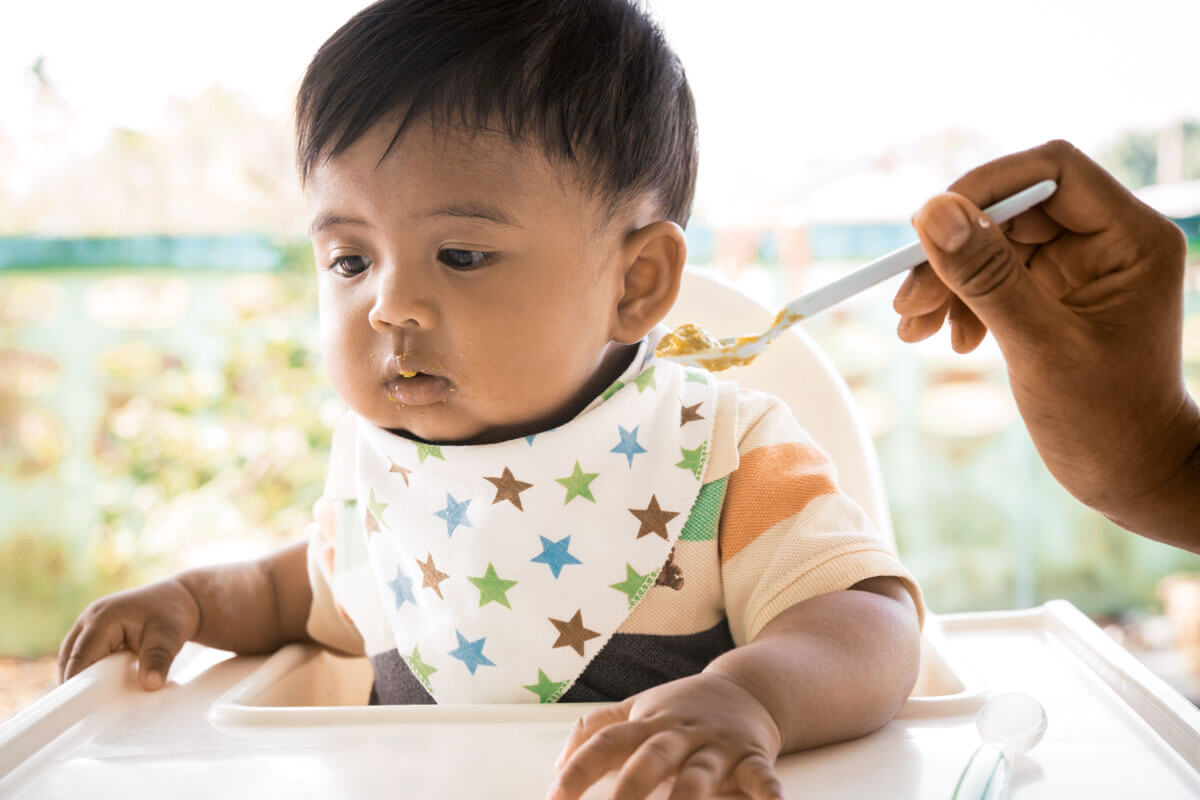Understand your older baby
- Home
- Ellyn Satter
- Older Baby / Almost Toddler
- Infant Older Baby
- Understand your older baby

Your baby loves you as much as ever and wants you near. But now she is interested in things and in what is going on around her. She loves to look around, even when you feed her. Learning to eat solid foods goes right along with her interest in the outside world. But take your time. Remember that eating solid food is all new to her. At first she doesn’t know what a spoon is, and she doesn’t know what solid food is.

© Ellyn Satter
Side-Lying Hold
This hold is useful when:
Cross-Cradle Hold
This hold is useful when:
Clutch or “Football” Hold
This hold is useful when:
Cradle Hold
This hold is useful when:
Laid-Back Hold
This hold is useful when: